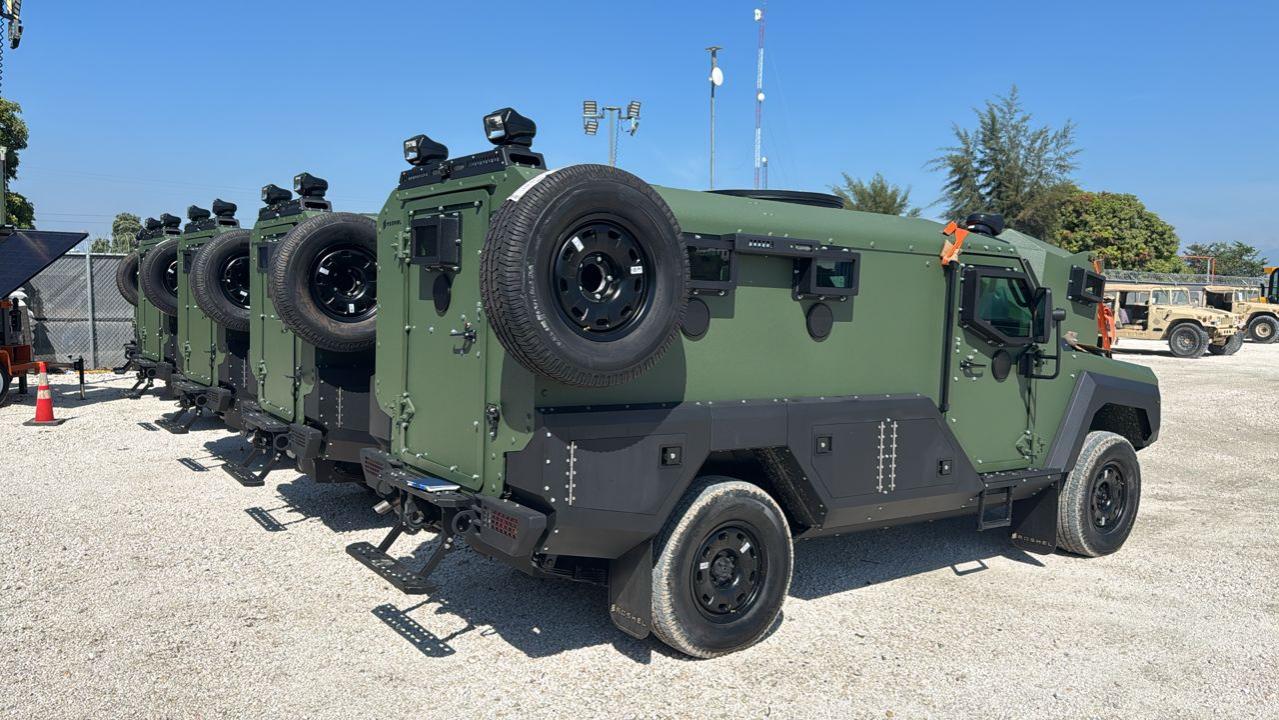NAIROBI, Kenya — The United States government, acting through the Bureau of International Narcotics and Law Enforcement Affairs (INL), recently delivered 20 new armored vehicles to Haiti.
This vital delivery is intended to significantly bolster the operational capacity of both the newly authorized Gang Suppression Force (GSF) and the Haitian National Police (HNP) in their ongoing fight against powerful and well-equipped criminal gangs terrorizing the nation.
This action follows direct public concerns voiced by Kenyan President William Ruto regarding the safety and logistical challenges faced by the Kenyan contingent operating in Haiti.
President Ruto’s call for better resourcing
Speaking at a high-level meeting during the United Nations General Assembly (UNGA) on September 22, President Ruto explicitly highlighted the dangers encountered by Kenyan police officers due to inadequate logistical support.
President Ruto stated: “It was expected that there would be force multipliers such as the armoured personnel carriers and logistical support to make the mission successful.”
Also Read: Kenya deploys more police officers to Haiti to fight gang violence
He went on to criticize the quality of earlier equipment provided: “The United States did provide vehicles, but unfortunately, most of them were second-hand. They broke down, often in dangerous places.”
He clarified that his comments were intended to underscore the critical need for better resourcing to ensure the mission’s success, rather than to discourage international partners like the US.
Upgraded capacity for the GSF
The new armored vehicles represent a significant and much-awaited upgrade for the troops on the ground. The US government confirmed that the vehicles will directly strengthen the capacity of the forces to effectively counter the gangs.
The Gang Suppression Force (GSF) officially replaced the Kenya-led Multinational Security Support (MSS) Mission on September 30, following a UN Security Council resolution. While the MSS was plagued by chronic underfunding and insufficient personnel, the GSF is designed as a larger and more robust multinational security mission.
It holds an initial 12-month mandate, a planned strength of 5,550 personnel, and a broader, more offensive mandate to neutralize gangs directly.
Despite the mission’s transition, the Kenyan contingent remains a core component of the GSF, making the arrival of new, reliable armored vehicles a major boost for their safety and effectiveness.

